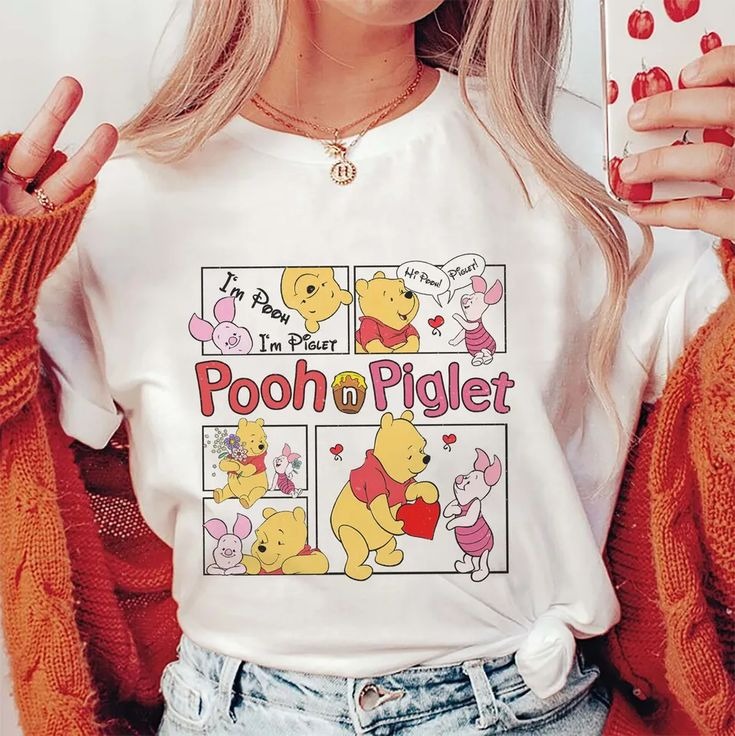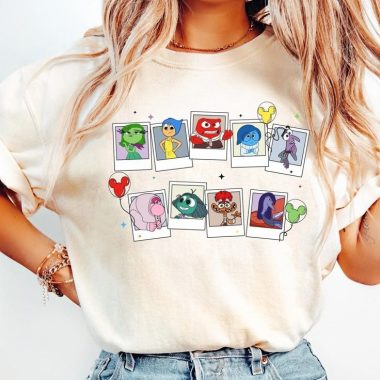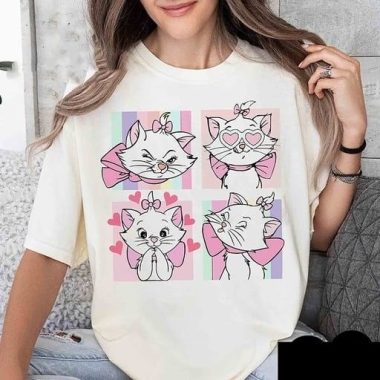Introduction
Fashion emerges as a dynamic canvas upon which the stories of civilizations, communities, and individuals are inscribed. Beyond the mere act of dressing the body, it embodies artistry, cultural memory, social commentary, and forward‑looking innovation. Every stitch, silhouette, and embellishment whispers tales of its era—its triumphs, conflicts, values, and aspirations. This exploration journeys through fashion’s ancient origins to its ultramodern frontiers, illuminating the intertwined threads of heritage, identity, ethics, technology, and economy that collectively shape what we wear, why we wear it, and where this ever‑shifting realm might venture next.
The Roots of Style: From Function to Symbol
Long before fashion became a global industry, clothing arose from necessity. Early humans draped hides and plant fibers around their forms for warmth and protection. As societies stabilized and agricultural surpluses freed devotee time for craftsmanship, textiles advanced from purely utilitarian objects to markers of status and spirituality. In Mesopotamia, finely spun wool shone on nobility, and priests donned meticulously dyed robes for ritual. Ancient Egypt perfected linen weaving, its light fabrics ideal for desert climes, and its vibrant pigments reserved for pharaohs and the elite. Across the Indus Valley, artisans spun cotton into intricate weaves, pioneering the world’s first block‑printing techniques.
Clothing also carried cosmological and political weight: Chinese rulers donned dragon‑emblazoned silk to evoke divine mandate; Mesoamerican priest‑kings cloaked themselves in jade‑green feathers to commune with the gods. Thus, sartorial choices simultaneously protected the body, conveyed rank, and stitched societies into shared belief systems. From utility, attire evolved into an emblematic language, one that would grow ever more nuanced across continents and centuries.
Clothing as Cultural Dialogue
As communities formed, traditional garments became repositories of collective identity. Embroidered motifs in Central Asia recounted epic legends; the bold plaid of Scottish tartans traced clan lineages; the kimono’s layered folds in Japan encoded seasonal and social cues. Each stitch, color, and pattern echoed with generational wisdom, reflecting communal rituals, rites of passage, and environmental adaptation.
Yet culture is not static. Trade routes—Silk Road, Spice Route, Trans‑Saharan caravan trails—carried more than goods. They wove aesthetic crosscurrents, enabling silks, dyes, and tailoring techniques to circulate widely. Persian brocades inspired medieval Italian courts; Japanese indigo dyeing influenced Dutch textile workshops; African mud cloth patterns filtered into European avant‑garde art movements. Through commerce and conquest, fashion threaded disparate peoples into a global tapestry, enabling both homage and hybridization.
The Psychology of Personal Style
While communal garments articulate shared heritage, personal style channels the inner psyche outward. Social psychologists have long studied how attire shapes self‑perception and interpersonal dynamics. Donning a sharply tailored suit can galvanize confidence, sharpen focus, and command respect in professional arenas. Slipping into soft loungewear can signal retreat, comfort, or creative introspection. In every case, clothing acts as an agent of “enclothed cognition,” influencing thought patterns, emotional states, and social interactions.
Beyond mood and performance, personal style signifies identity negotiation. Adolescents experiment with subcultural aesthetics—punk, goth, hip hop—to delineate belonging or defiance. Adults might curate wardrobes that merge heritage pieces with contemporary trends to express multifaceted selves. The rise of gender‑fluid fashion further underscores clothing’s power to transcend binary norms, offering individuals a medium through which to affirm authenticity and challenge conventions.
The Ethics of Creation: Toward Responsible Fashion
The twentieth century’s mass‑production paradigm democratized style but also spawned ethical and environmental crises. Garment factories in developing regions grew notorious for exploitative labor practices, unsafe working conditions, and meager wages. Rapid‑turnaround “fast fashion” chains at once satisfied consumer appetite for novelty and generated mountains of textile waste. Synthetic fibers, derived from fossil fuels, shed microplastics into waterways with every wash. Chemical dyes leached toxins into ecosystems, imperiling water sources and biodiversity.
Confronted with these realities, industry stakeholders and consumers have begun to demand change. Sustainable fashion movements elevate designers who prioritize fair labor, transparent supply chains, and eco‑friendly materials. Organic cotton, bamboo, hemp, and recycled polyester offer alternatives to resource‑intensive conventional fabrics. Zero‑waste pattern cutting, natural dyeing methods, and circular economy initiatives—repair, resale, recycling—seek to lengthen garment lifespans and reduce landfill burdens.
Simultaneously, certifications such as Fair Trade, Global Organic Textile Standard (GOTS), and the Clean Clothes Campaign equip consumers with criteria to make ethical purchases. As awareness deepens, the very definition of luxury expands to include social and environmental stewardship, steering fashion toward a future where beauty and responsibility converge.
Innovation and Technology: Redefining Creation and Consumption
Technological breakthroughs continually reshape fashion’s fabric—both literally and figuratively. Advances in material science have spawned smart textiles embedded with sensors to monitor health metrics, regulate temperature, or generate energy. Self‑cleaning fabrics, UV‑protective coatings, and odor‑resistant treatments enhance garment functionality. Meanwhile, 3D knitting and digital pattern‑making optimize material usage, reducing waste at the outset of production.
In retail, augmented reality (AR) and virtual reality (VR) experiences allow consumers to “try on” garments in digital showrooms, customizing fit and style with precision. Blockchain technologies offer immutable records of provenance, enabling shoppers to verify a garment’s ethical journey from farm to finished product. Artificial intelligence analyzes trend data to predict demand, minimizing overstock and markdowns. On‑demand manufacturing, facilitated by automated sewing robots, promises a shift away from mass production toward personalized, localized creation.
These innovations converge to blur the lines between physical and virtual fashion. Digital‑only garments—NFTs and virtual skins—flourish in online gaming and social platforms, granting users new avenues for self‑expression without material waste. As the Metaverse and Web3 ecosystems mature, clothing may become as much a blockchain asset as a physical possession.
Globalization and the Tension of Tradition versus Appropriation
Global connectivity has amplified cultural exchange, but it also intensifies debates over cultural appropriation. When traditional motifs are co‑opted without context or credit, communities risk having sacred symbols commodified. The delicate balance requires respectful collaboration, equitable partnerships, and genuine dialogue. Designers engaging with indigenous artisans can champion heritage through revenue‑sharing models and storytelling, ensuring that cultural exchange uplifts rather than exploits.
Simultaneously, global fashion weeks now extend far beyond Paris, Milan, London, and New York. Lagos, Mumbai, Seoul, and São Paulo have become vibrant hubs, showcasing local talents who fuse ancestral craftsmanship with contemporary vision. These regional showcases diversify the global narrative, giving voice to fashion dialogues rooted in specific histories, climates, and communities. Through equitable platforms, the industry can celebrate plurality while safeguarding cultural integrity.
Economic Forces and Emerging Markets
Today’s fashion industry commands a multi‑trillion‑dollar global economy. Luxury houses sustain mystique through curated scarcity, heritage branding, and artisanal savoir‑faire. Mid‑market labels vie through rapid design cycles and social‑media‑driven marketing, while value‑oriented retailers lean on scale and efficiency. Digital commerce empowers direct‑to‑consumer brands to bypass traditional retail channels, fostering personalized engagement and data‑driven product development.
Emerging markets in Southeast Asia, Latin America, and Africa are fueling the next growth frontier. A burgeoning middle class, propelled by urbanization and digital inclusion, seeks aspirational brands and locally resonant designs. Entrepreneurs in these regions leverage e‑commerce platforms, mobile payment systems, and social media to reach consumers eager for both global trends and indigenous aesthetics. Partnerships between international houses and local manufacturers invigorate economies, while skills development programs nurture homegrown talent.
The Future Woven with Possibility
As we stand at the confluence of creativity, conscience, and technology, fashion’s trajectory appears boundless. Biodegradable polymers and lab‑grown textiles hint at materials that nourish rather than deplete the earth. On‑demand production models, powered by digital patterning and automated fabrication, could render overproduction obsolete. Virtual fashion realms promise boundless creativity untethered from physical constraints, while real‑world garments become ever more attuned to individual bodies and identities.
Yet the industry’s greatest opportunity may lie in weaving ethics into its very warp and weft. If brands, regulators, and consumers unite around transparency, fair labor, and ecological regeneration, fashion can rekindle its founding harmony between human artistry and the natural world. In such a vision, each garment embodies not only style but respect—for people, for culture, and for the planet.
Conclusion
From ancient draped linens to digitally rendered couture, fashion’s journey embodies humanity’s relentless drive to adorn, innovate, and express. It harnesses the ingenuity of artisans, the power of technology, and the currents of culture to shape how we present ourselves to the world. As this evolution accelerates, the choices we make—individual and collective—will determine whether fashion becomes a force of renewal or depletion. By embracing sustainability, honoring heritage, and harnessing innovation responsibly, we can ensure that the tapestry of fashion continues to inspire, connect, and uplift for generations yet unwoven.



